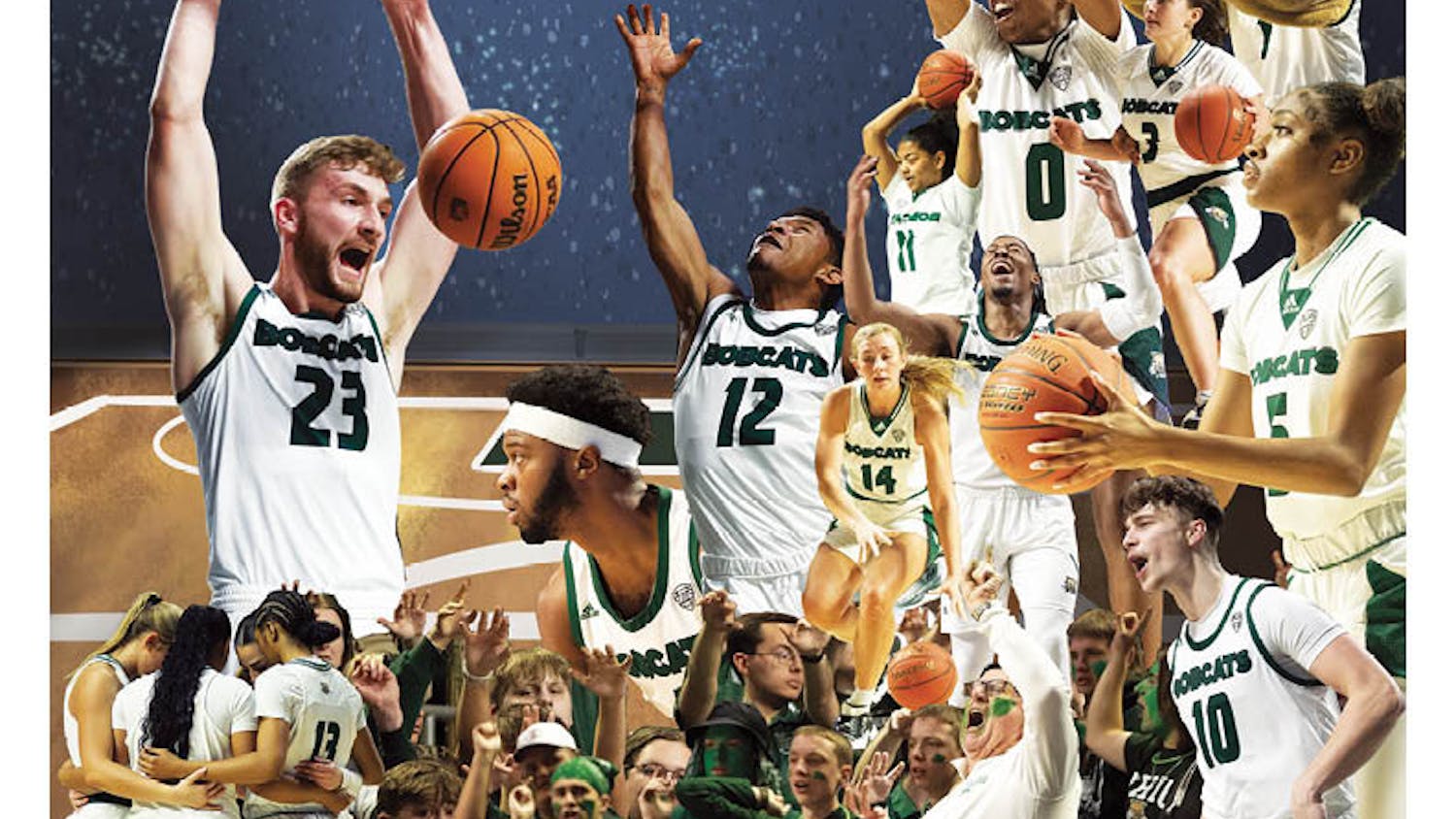During President McDavis’ tenure at OU, more than $255,00,000 in private gifts — though some of the gifts were secured before he became president.
Ohio University President Roderick McDavis entered the presidency with a goal of bringing more money to OU.
McDavis estimates he spent about 40 percent of the last seven years trying to do just that.
Since the beginning of the Promise Lives Campaign in July 2007, McDavis and others have raised more than $470 million to fund everything from study abroad scholarships to construction costs and endowed professorships.
But only about 51 percent of that money is actually in hand, according to a Post analysis of private gifts to the university since the start of the campaign.
A number of donations during McDavis’ tenure, such as the $105 million pledge from the Osteopathic Heritage Foundation, are only commitments, meaning they will be paid over as many as 15 years, said Pam Dailey, OU’s records management senior specialist.
“We must continue raising private funds to support endowed scholarships and fellowships for students and endowed chairs and professorships for faculty,” McDavis said in his Sept. 10, 2004 inaugural speech.
Since McDavis became president, most gifts topping $100,000 have gone toward student aid, academic divisions, faculty and staff and have been given primarily from alumni.
However, some of those major donations “were in the pipeline before President McDavis returned to Ohio University,” according to a comprehensive presidential review conducted by Terry MacTaggart, of the Association of Governing Boards of Colleges and Universities, in 2012.
And this is partly due to relationships that had been fostered for decades, said Jennifer Bowie, executive director of communication and marketing for University Advancement.
Fritz and Dolores Russ:
OU’s No. 1 Donors
Russ graduated from OU in 1942. He earned millions as an electrical engineer and never had children, so when his wife Dolores died in 2008, four years after Fritz, more than $138 million, when adjusted for inflation, was given to OU as an endowment between 2008 and 2011.
It also comes after Fritz Russ pledged $124 million in 1994. At the time, that gift was the largest charitable donation given to any public engineering school in the nation.
“The Russ Gift is enabling us to be better than the best we can be,” said Colleen Carow, senior director of communication and identity management in the Russ College.
The money does not necessarily cover the day-to-day operating costs of the college, but instead funds “unique opportunities” such as research, conferences and travel, Carow said.
The Russ College of Engineering and Technology, which is named after the couple, receives about $4 million each year from that endowment, according to a news release.
Money from the donation hired new professors, funded undergraduate research projects and award scholarships, Carow said.
The Russes had longstanding relationships with at least three presidents, including McDavis, Bowie said.
“I think a president with a strong vision and (who is) willing to take the time to build those relationships inspires those kind of gifts,” she said. “You have to have a vision; you have to have a clear purpose and method to inspire giving at that level.”
McDavis travels across the globe to meet OU alumni and friends to foster those relationships, share his goals and get them to donate.
“As we get to know them, as they get to know us, one of the first things we like to do is invite them to come back,” McDavis said.
That might be for a football game or a theater performance — “Something that might be of interest to them,” he added.
But McDavis never asks for donations on the first visit. Instead, after building trust, “they begin to ask us how we can help.”
Wishlists were crafted to reflect McDavis’ goals, which focus on students, faculty and research.
“It became a total list of university priorities and college priorities,” McDavis said.
@ohitchcock
oh271711@ohio.edu






